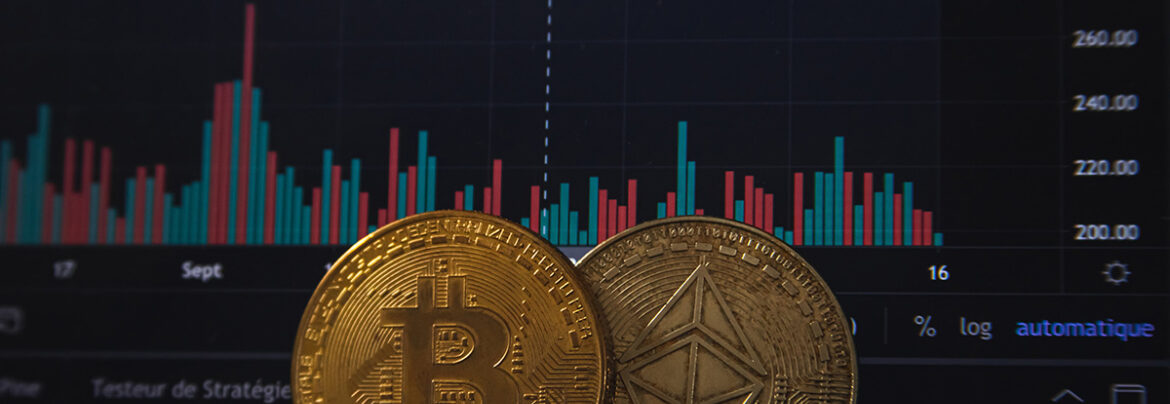Here’s a typical trading scenario for you. You’ve been trading for some time and know your way around the charts, heck, you even know how to thoroughly back test a new strategy.
In fact, you’ve found a lovely looking intraday pattern and have back-tested it with various inputs to come up with the best way to trade it.
It’s very simple so you code it into some software and then switch it on. To your delight (even though you shouldn’t be excited about winners) it leaps out of the gates with a string of winning trades. Yes it has a few losers too but because it’s risk reward ratio is low, it needs more wins than it loses. This is indeed happening over this initial period.
However, the market dynamics change and your lovely new strategy starts to lose, then lose more. It still has some winning trades but then come the next batch of losers. Even when it does have some winners, they are always interspersed with losers so at best, your system is treading water until the next losing faze comes along.
Compounding the problem is slippage. Your automated system will trade all day and even though it doesn’t trade overnight, it still gets caught around news events and the faster price action at those points creates slippage on your stop. So your losers are even bigger than any back-test will ever show.
The problem with your mechanical strategy is:
- Your backtests didn’t factor in widening of spreads which in reality is hurting you.
- It also never allowed for slippage which on an intraday strategy with barely a 1:1 risk to reward ratio is going to have a big impact on performance.
- Lastly, the pattern itself. For all it’s simplicity, you’ve not realised that you’ve unintentionally curve fitted to the data you used and now, in the future, it doesn’t work.
The pattern will continue to perplex you as you adjust various parameters and although you will have short periods of success, after a while you will be losing again, seeing your account drop even though your treasured strategy still looks great on paper.
Maybe you keep convincing yourself that it does work, but unfortunately, P&L doesn’t lie.
So how do we overcome the above type of scenario? Ensure there’s enough slack in the strategy to allow for real world widening of spreads and slippage. If it’s too highly tuned, then it will always be at the mercy of the market. Take it up to higher timeframes where spreads and slippage have less impact on returns and watch that risk to reward ratio!

